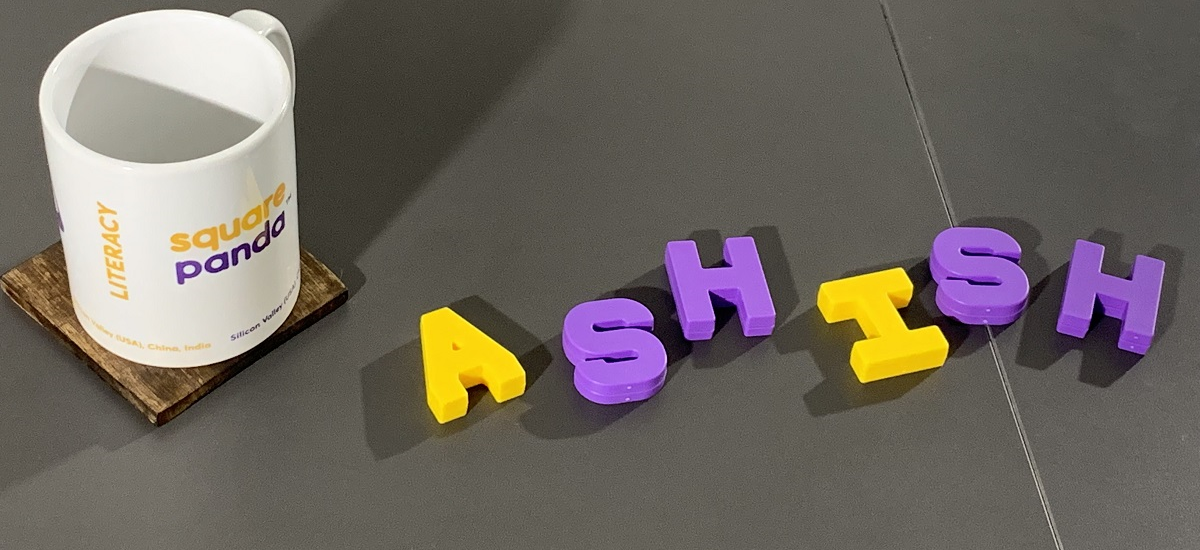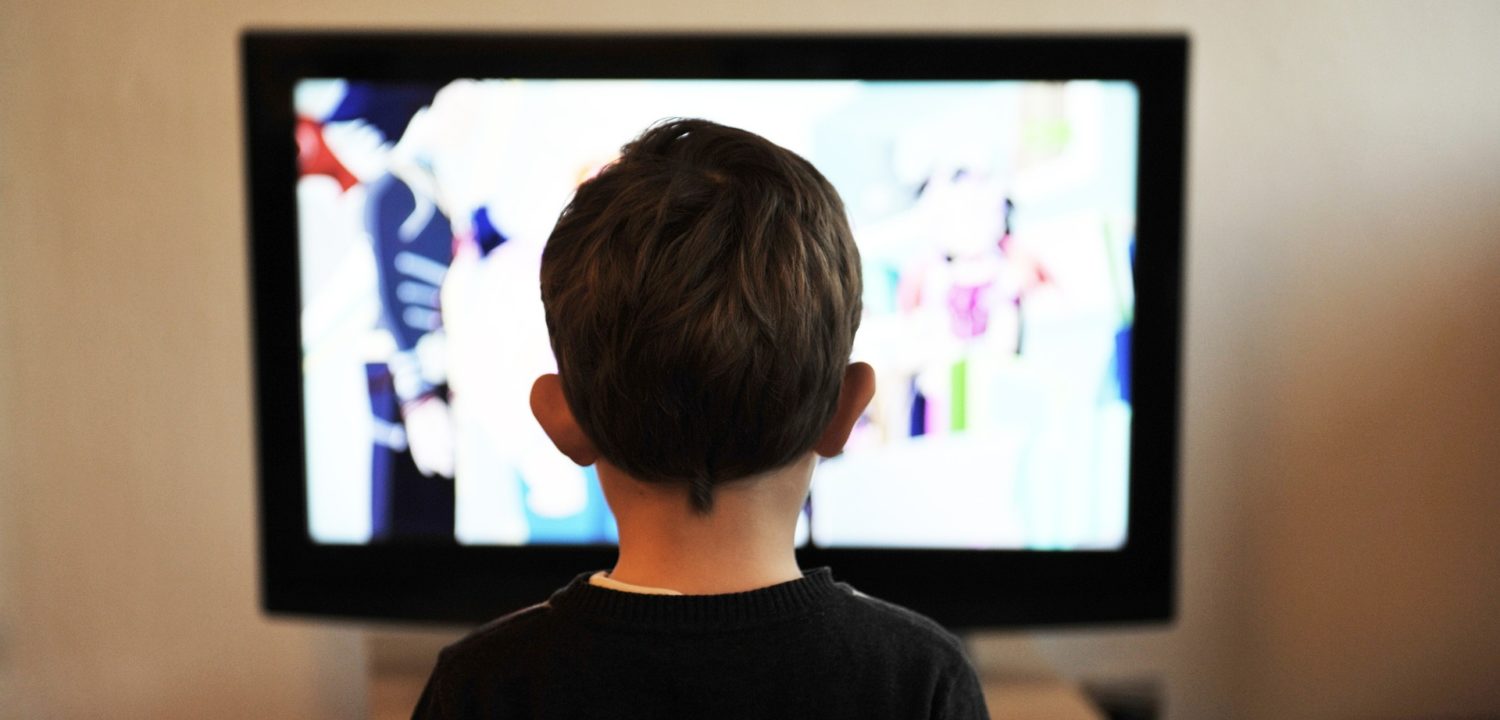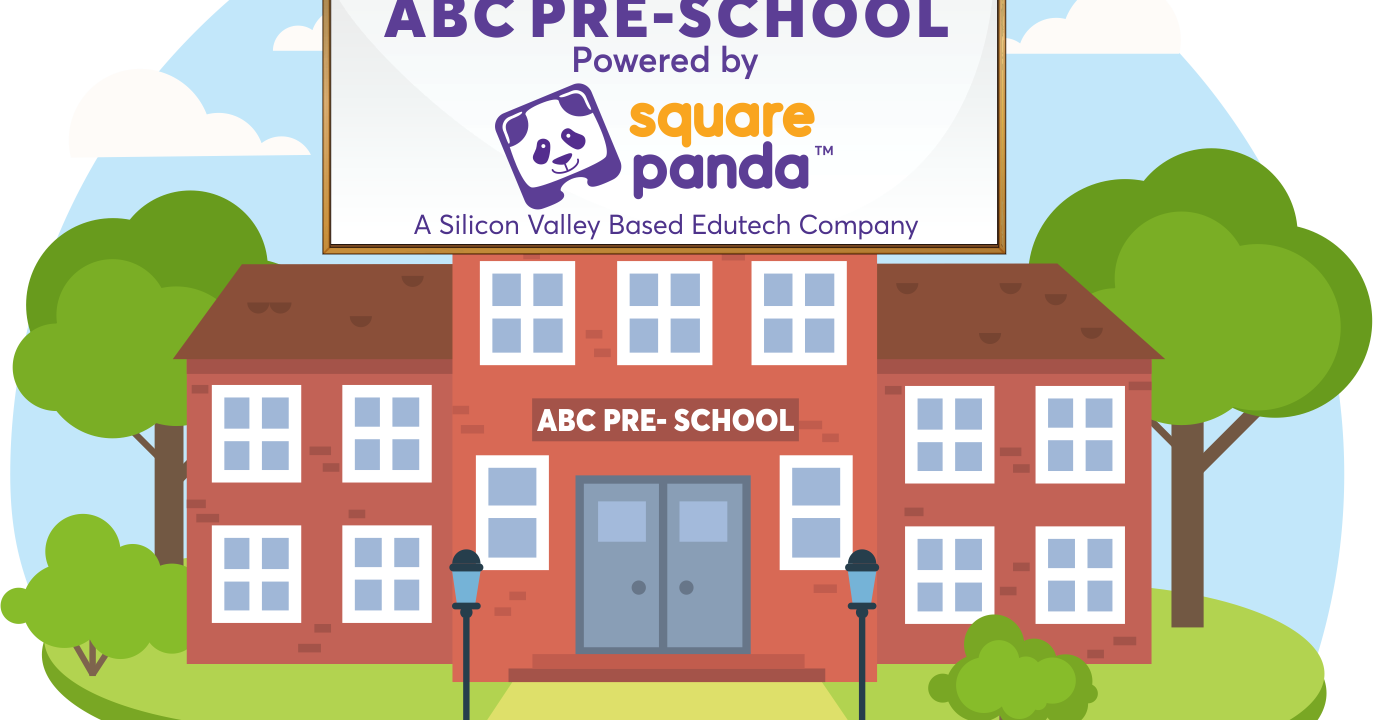
Picture this. ⬇
Multilingual early learning classrooms boast a diverse group of learners. At least half of them are introduced to English as a subject. Most such children have a completely different home language than English. And most of their everyday environments are devoid of any English literature whatsoever. In some cases, even in environments not devoid of the language, these children are too young to have gained much exposure to English. Most have only learnt their native language correctly, and English then becomes a ‘second language.’
In this scenario—which holds true for most young learners across India’s early learning landscape—learning a new language, be it English or a regional language, is most fun through stories. While the languages themselves may be vastly different, with cultural, linguistic, and other distinctions, stories themselves are universal. These stories become a relatable bridge that help kids understand this new language in a familiar light. Additionally, stories for younger children tap into the main emotions all children will be able to identify — surprise, hunger, joy, anger, and even sorrow.
HOW STORIES BENEFIT ENGLISH LANGUAGE ACQUISITION
*and any other second-language acquisition
- When children listen to stories, they build their oral language skills. When they begin reading, they build their emergent literacy skills. They gain exposure and are able to practice sounding out letters and words—and later, sentences—in English. This is one of the most important steps in learning a new language — simply observing the language and allowing the brain to pick up patterns in the background. Once this initial process has been accomplished, the brain adds observations to specific types of patterns, like what some groups of words look like or sound like (i.e., word families), how sounds come together to form words, and how words can be split up into individual sounds. Every observation affects children’s perception and processing power of the language.
*What are word families? ‘Word family’ can refer to any grouping of words based on a particular pattern. Square Panda’s educational games refer to word families that have the same ending sound and spelling, like SAP-NAP-TAP and MAT-SAT-PAT.
*Why teach word families? It helps a young brain process information faster when there is a certain pattern to the knowledge they are exposed to. Word families are one type of pattern that helps children process words in their head more easily.
- A fun tale that is accompanied by clear illustrations and pictures—as found in most books for young readers—are crucial to develop comprehension skills. For children who have been exposed to vocabulary and words in their native language, these images give them meaning and context. For instance, vocabulary instruction for English language acquisition would include explaining the fact that ‘tree’ means ‘पेड़’ and ‘home’ means ‘घर’. However, their memory would struggle under the weight of too many new words being taught at the same time, especially if there is little repetition of certain vocabulary. Instead of stand-alone words, when children are exposed to a new language via stories and pictures, the context and narrative helps them remember new words more clearly.
- The above narrative also taps into another basic characteristic of stories—a good story is always emotionally engaging. When we are emotionally engaged with a story, it automatically hammers a place for itself in our memory. This is why the plotline of the Aamir Khan movie “Lagaan” is at the tip of your tongue, but you might struggle to remember the year the Constitution of India was adopted. This also means that children learning English find it much easier to remember a brand new language when presented in the form of an emotionally engaging story.
NOTE: ‘Emotionally engaging’ differs as per the age. A 34-year-old might like to read about the future of education in the age of AI, but for a 4-year-old, a little animal trying to find somewhere to nap is the most engaging story of all.
- Stories have also been shown to help children develop social cognition a.k.a. emotional intelligence. This refers to having an understanding of others in society and behaving in an accordingly cooperative way. For instance, stories can help children develop empathy, i.e., understanding that others are also people with feelings and emotions, thoughts and experiences. They merit being treated in a caring and respectful way. This concept of emotional intelligence—while basic and natural on the surface—is a complex idea that children have to develop and is not something they are automatically born into. Stories with a ‘moral’ at the end, characters that exhibit characteristics like kindness, thoughtfulness, and caring, all help children develop this understanding.
BUILDING A READING HABIT AS OPPOSED TO A SIMPLE READING LESSON
A reader can aptly describe the joys of sitting down with a book. How the words can take people to unexplored lands, how the thoughts expressed can encourage innovative thought, and how each new book inspires and uplifts people. This is not all that reading offers. A regular reading habit can enhance vocabulary, strengthen memory, decrease stress, and strengthen the connections in your brain in multiple ways. Bringing stories into the equation early on in a child’s life helps adults nurture the reading habit, turning these pre-readers into lifelong readers.
WHY SHORT STORIES ARE BETTER FOR EARLY LEARNERS
For children, most of whom have short attention spans at that age, short stories can optimise the learning process by hitting the balance between fun and tiring. Remember, most of them are just beginning to learn through the simple act of reading or listening to a story. As they start to explore various concepts like comprehension, social cognition, and patterns, short stories help them stay challenged and yet, not overwhelmed with too much information.
HOW SQUARE PANDA TEACHES CHILDREN FOUNDATIONAL LITERACY
An interpretive story forms the base for all of our educational games and apps. Two main characters, Panda and Cameo, are joined by a host of other animals accompanied by mini-storylines, for the purpose of driving learning through gamification. Each part of our curriculum is well-suited to engage a young brain, and adapts as per their individual learning levels. We carefully designed each part of our offerings with the understanding that children learn best when they are engaged, and there is nothing more engaging than a story.
To know more about our programs under the Aarambh initiative, visit our website ecce.squarepanda.in.

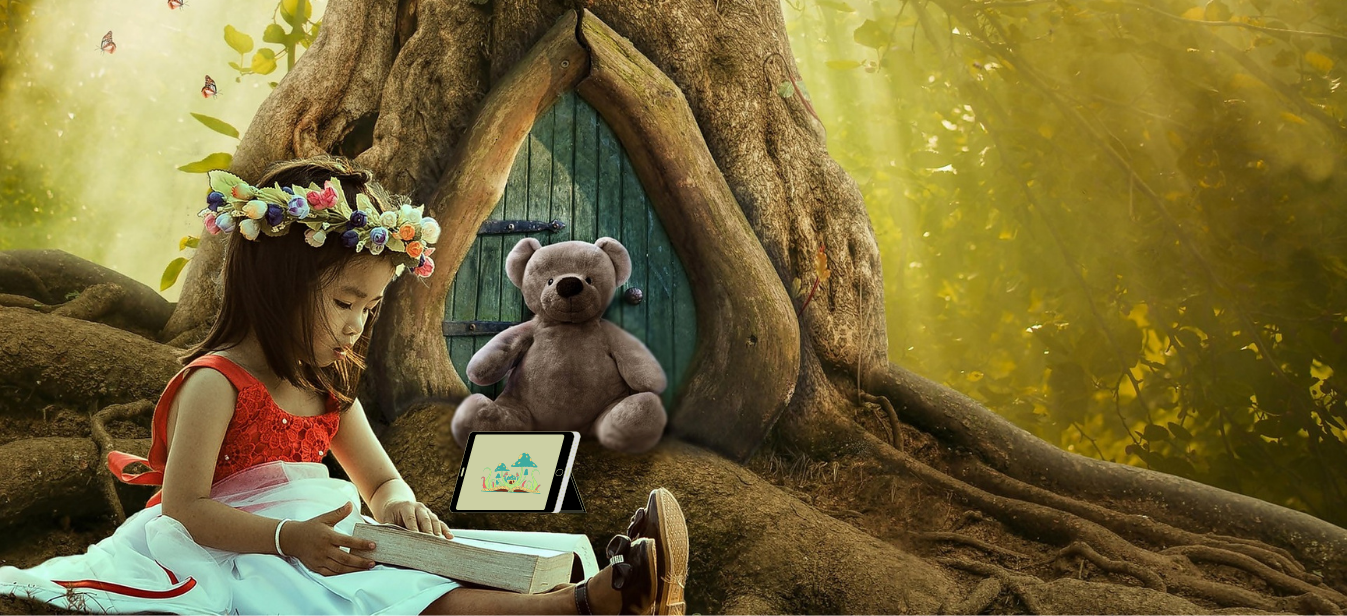
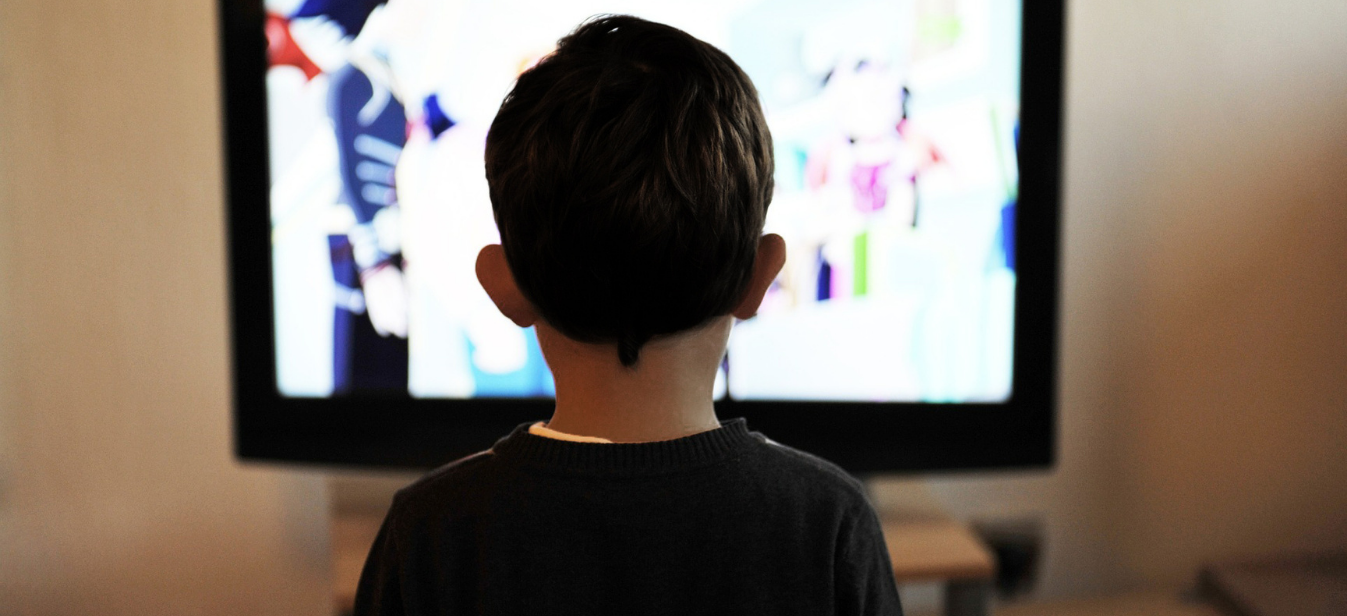


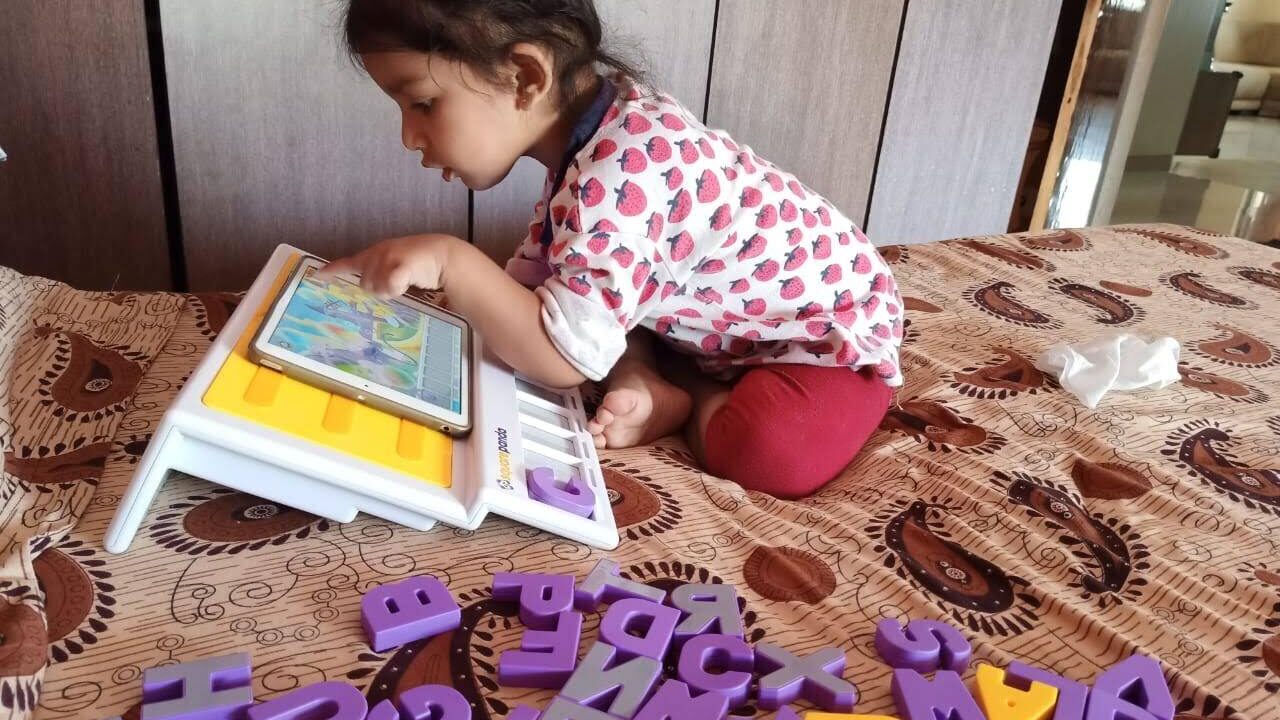
 That’s why so much of early education is play alongside learning. Research supports the ‘learning through play’ method, with esteemed psychologist
That’s why so much of early education is play alongside learning. Research supports the ‘learning through play’ method, with esteemed psychologist  2) Play Helps Power Their Mind: Imagine a large battery which you can plug, and voila, your kids’ brains are that much smarter. A learning game is exactly that battery, sparking more engagement and learning in a beginner learner’s mind. Not only are their cognitive skills much more developed, they also exhibit signs of critical thinking, and can understand cause and effect.
3) Learning Games Prompt Physical Play: Not every educational game has users sit passively to learn; the ones catering to a younger audience almost always incorporate an element of kinesthetic learning-whether it is dancing, or singing, or simply getting up and moving around. Boosting large and small motor skills, these games are perfect for added reinforcement of regular learning.
4) Games Boost Creativity: When kids play a learning game, their minds are almost always actively engaged. Whether it is the animated gameplay or the engaging activities in each game, young learners can explore and expand their minds to a greater extent.
2) Play Helps Power Their Mind: Imagine a large battery which you can plug, and voila, your kids’ brains are that much smarter. A learning game is exactly that battery, sparking more engagement and learning in a beginner learner’s mind. Not only are their cognitive skills much more developed, they also exhibit signs of critical thinking, and can understand cause and effect.
3) Learning Games Prompt Physical Play: Not every educational game has users sit passively to learn; the ones catering to a younger audience almost always incorporate an element of kinesthetic learning-whether it is dancing, or singing, or simply getting up and moving around. Boosting large and small motor skills, these games are perfect for added reinforcement of regular learning.
4) Games Boost Creativity: When kids play a learning game, their minds are almost always actively engaged. Whether it is the animated gameplay or the engaging activities in each game, young learners can explore and expand their minds to a greater extent.

 Playing, Learning, And The World: Governments around the world have started to recognise and acknowledge the importance of learning through play, and are taking steps (strides, in some countries), to incorporate a ‘play’ element for their young.
Playing, Learning, And The World: Governments around the world have started to recognise and acknowledge the importance of learning through play, and are taking steps (strides, in some countries), to incorporate a ‘play’ element for their young.
